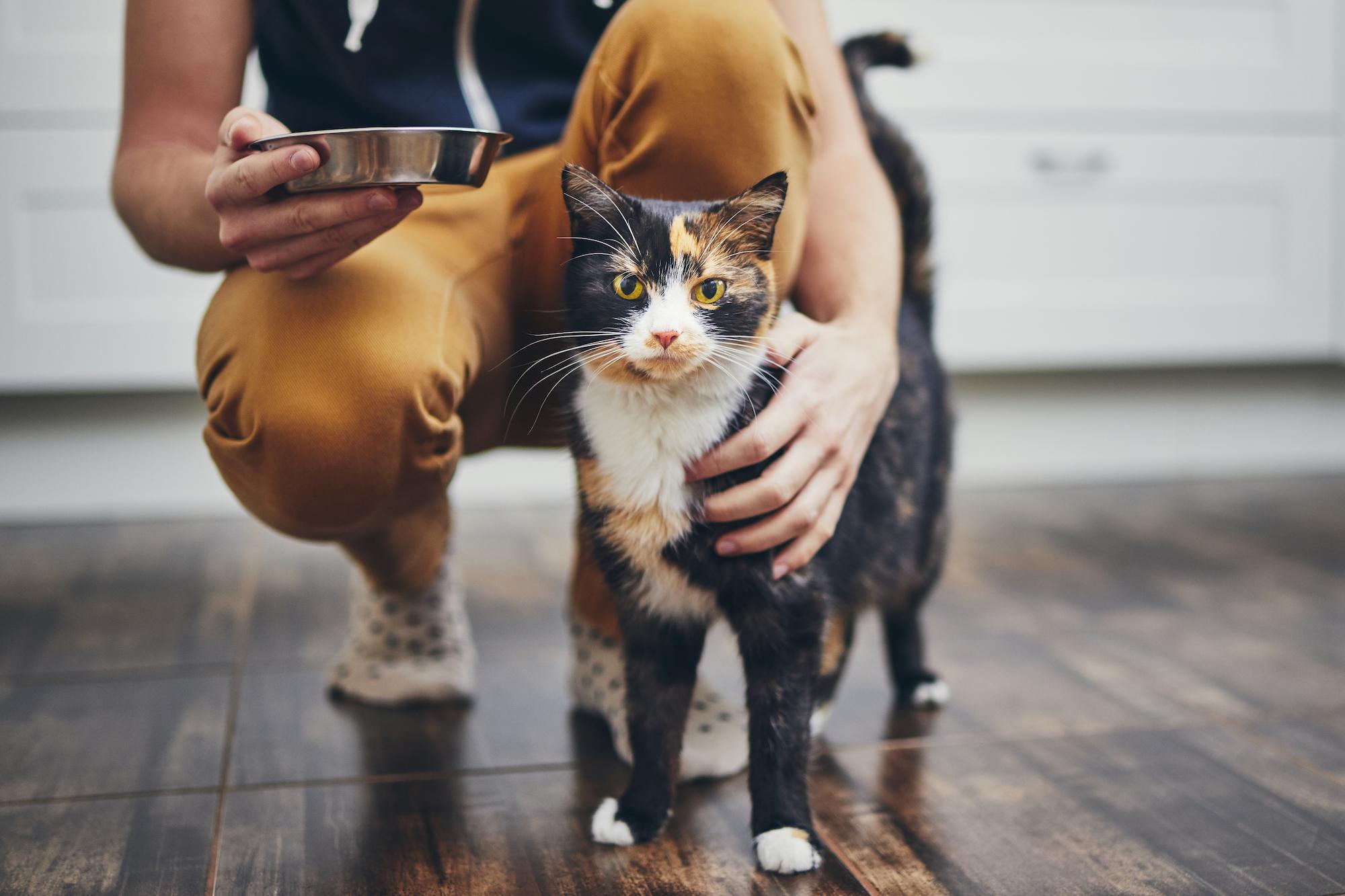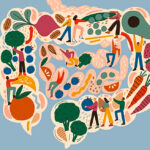Whether you are new to the pleasures of having a cat in your family, or you’ve been a long-time cat lover, when you reach for that bag or those cans of cat food on the store shelves, you might occasionally wonder if your fluffy friend is getting the kind of nutrition that he deserves. After all, he has generously chosen you to bestow his affection upon, and with cats we know that means something. Along with love and affection, a cat also bestows trust in their chosen human campion. They trust you to meet their nutritional needs with cat food that provides a diet closest to what cats in the wild naturally eat and thrive on.
 But how do we know what to look for in the vast array of cat food choices cramming the store shelves? What ingredients should we be looking for in the best dry cat food or in the canned cat food we choose to give our feline friends?
But how do we know what to look for in the vast array of cat food choices cramming the store shelves? What ingredients should we be looking for in the best dry cat food or in the canned cat food we choose to give our feline friends?
Consider a Cat’s Diet in The Wild
Large cats in the wild eat a diet that is almost entirely made up of protein and fat. They hunt, capture and kill their prey, eat, rest, and then hunt again. They may occasionally nibble grass after a large meal, but often the stomach contents of the animals they’ve eaten contain grass.
Domesticated cats also require a diet that’s almost entirely protein-based. Researchers have extensively studied what both large wild cats, and feral felines consume in order to better replicate the nutritional content of their natural dietary choices in cat food. This research has been ongoing, in response to the fact that veterinarians tell us that their most commonly diagnosed diseases in pet cats are directly related to their diets. Obesity and diabetes are common in today’s house cats.
According to research, feral cats—much the same as lions and tigers—hunt throughout the day. A typical feral cat will kill and eat an average of nine mice or other small rodents per day. Their average day consists of resting and then displaying bursts of intense hunting activity, followed by eating, and then more resting before hunting again.
Studies of healthy feral cats reveal that their diet consists of 52 percent protein, and 46 percent fat. The remaining 2 percent is carbohydrates. Based on these findings, we know that carbohydrates should be the smallest part of a healthy cat’s diet, and they do not naturally consume grains. When choosing food for our cats, research reveals that we should be looking for foods that are rich in animal protein and fat, and very low in carbohydrates.
Pet Food Industries Respond to Cat Owners in the Know
While the commercially available cat foods of the past contained an over-abundance of less expensive grain products such as corn and rice, today’s pet food industries are making an effort to respond to the fact that in the information age we live in today, most pet parents are much more aware of what they should be looking for in their cat’s food. That doesn’t mean that every variety of cat food on the store shelves now contains a cat’s ideal diet. Unfortunately, you will still find many brands that use cheap grain fillers in their ingredients.
The key to finding the best cat food is to look at the ingredient list and understand that the order of the ingredients listed means the first ingredients on the list are the highest content of the food. The best cat foods will list meat-protein based ingredients first, and either be completely grain-free, or contain very little grain fillers. Instead of grains, some cat food brands use potatoes as a filler. Cat foods with sweet potato added in place of white potato offer cats the benefits of vitamin A and are a better choice.
Understanding Cat Food Ingredients
Because cats require a high-protein diet, meat protein sources should be listed first on the ingredients list. These are often chicken, lamb, salmon, or turkey. Many canned foods will contain whole meat ingredients, and often dry cat food will list meat “meals” as their primary ingredients. Meat meals are made by processing meat and fish parts with high heat to dehydrate them into a powdered meal to be added to kibble-style cat food. Because this removes water, a cat fed a diet of dry cat food should have plenty of fresh water available to them.
The best cat foods will typically list a whole meat source or meat meal, followed by organ meats, or organ-meat meal. In the wild, cats eat the organs of their prey for good reason. Cats need the taurine found in organ meat. Taurine is an essential amino acid—necessary for digestion and heart function—and unlike most animals, cats cannot produce their own taurine and must ingest it.
Many of the best cat foods also contain small amounts of vegetables and greens. This is especially important for indoor cats. Cats nibble grass for a reason. They require small amounts of green vegetables for vitamins A and D, as well as niacin. If your cat is an indoor-only cat, you can provide fresh greens from pet stores that you can keep growing in your home for your favorite feline to enjoy. Otherwise, look for cat foods formulated for indoor cats.
Cats eat grass not only for the vitamin content but also to aid in digestion and to help fur balls to pass safely through their digestive systems. Because cats use their tongues for grooming, fur can accumulate in their digestive tract and they may need help from roughage to pass through. If your cat is eating more grass than usual, she may have a large furball, an upset stomach, or she may be trying to make herself vomit to remove undigested bones if she has eaten a mouse or other rodent.
High Protein Diets and Cat Poop
One of the reasons cat feces is so odiferous is because of their high protein diet. If you make the change from a cat food that is grain-based, to a better quality cat food that’s protein-based, you may notice your cat’s poop smells worse than ever. A good quality cat litter with clumping and odor control will help. Your cat’s litter box should be scooped out daily and refreshed completely every two weeks.



